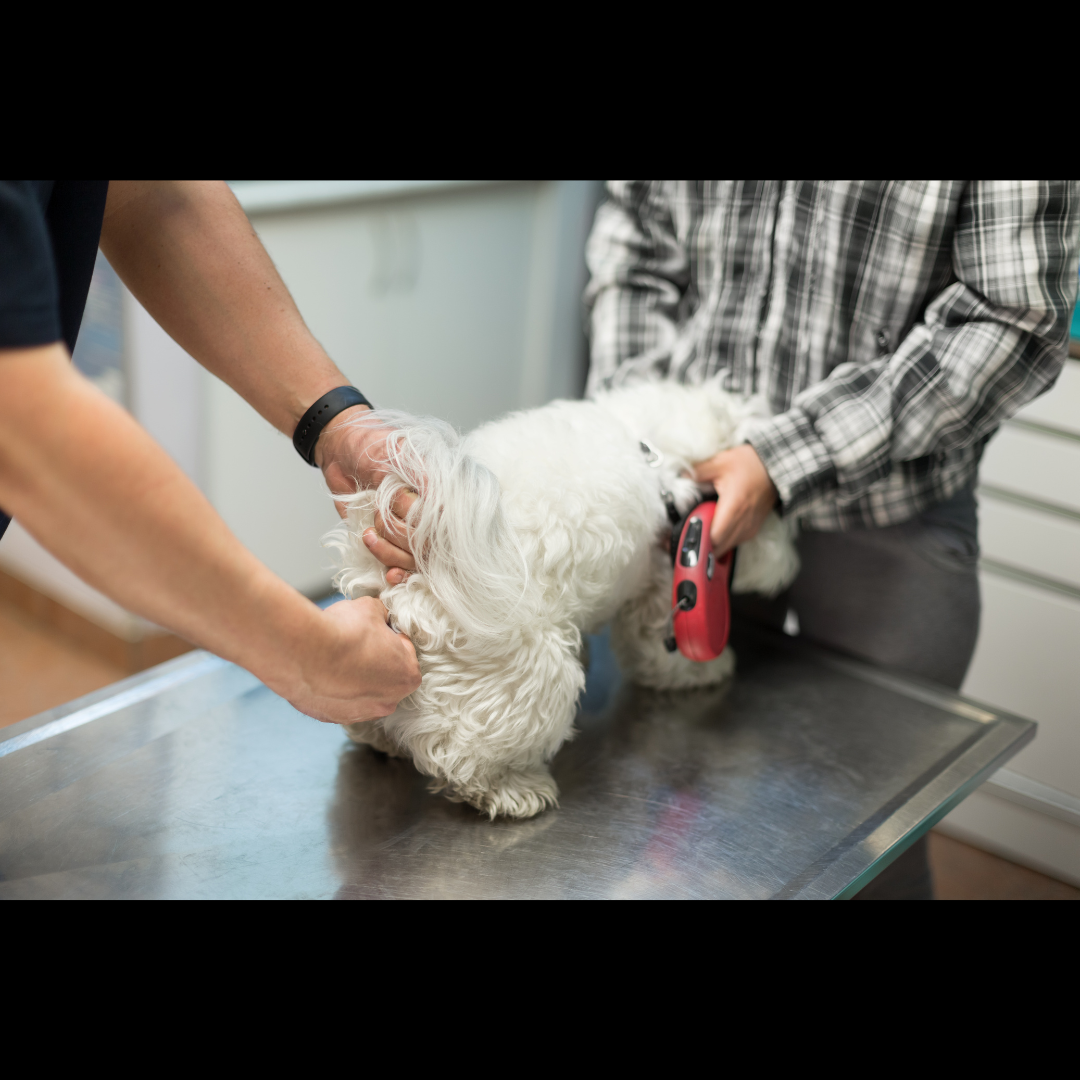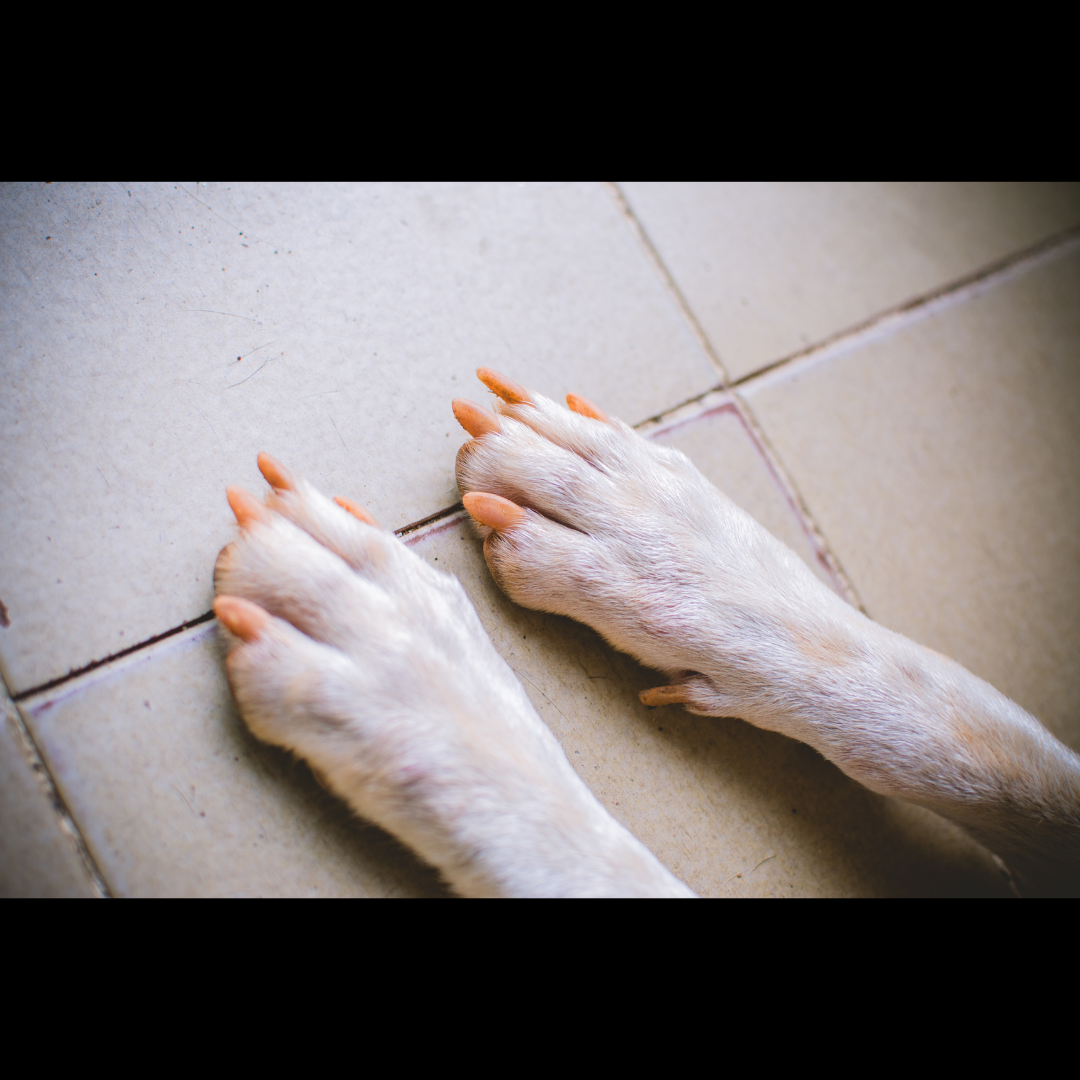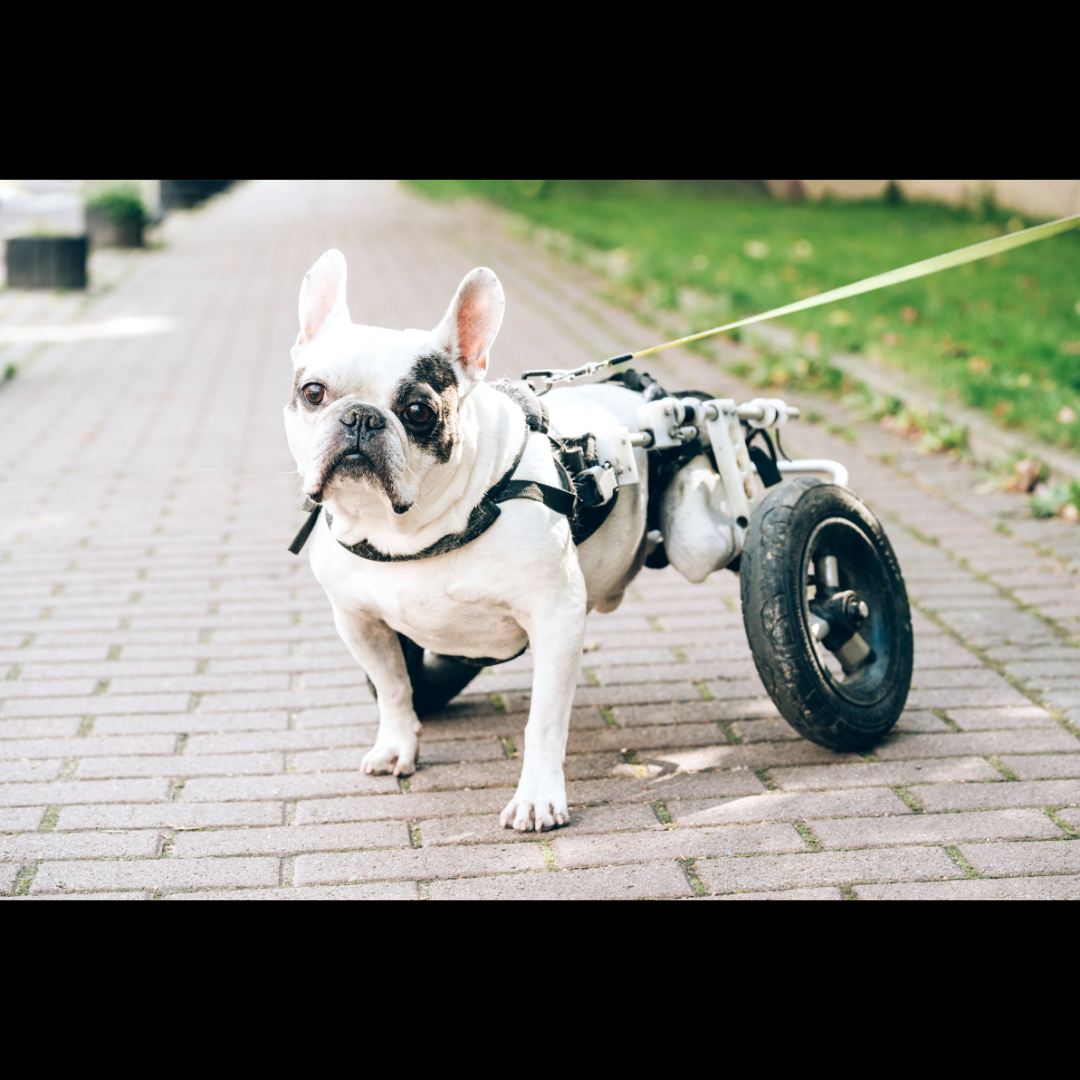
Dog Anal Sac Impaction: Symptoms, Causes, Effects, and Treatments
Anal sac impaction is a common condition in dogs that can cause discomfort and lead to more serious health problems if left untreated.
This article will provide an overview of the symptoms, causes, effects, and treatments of dog anal sac impaction.
Symptoms
Dogs suffering from anal sac impaction may exhibit several symptoms1234:
- Scooting their rear end along the ground
- Excessive licking or biting at the anal area or root of the tail
- Painful defecation
- Straining to defecate
- Foul odor from the rear end
- Red, swollen, and painful anal area
- Brown or red discharges from the anal area, often spotting the floor
- Diarrhea or other digestive problems preceding other symptoms
Causes
Anal sac impaction can occur due to a variety of reasons5678:
- Inflammation of the anal sacs
- Loose or irregular stools
- Trauma, such as from pinching, squeezing, or unnecessarily manually expressing the glands
- Obesity
- Infections
- Skin disorders
- Excessive gland production
- Poor muscle tone
- Tumor
- Body conformation (small breeds are most often affected)
Effects
If left untreated, anal sac impaction can lead to serious health problems32910:
- The impacted anal glands become swollen and distended, causing discomfort and possibly an infection in your dog.
- The condition can progress to sacculitis, an inflammation of the anal sacs.
- Bacteria can begin to grow and cause a localized infection.
- The final stage is when an abscess forms. If the abscess bursts, pus will ooze out, spreading the infection to the anus and rectum, and leaving a hole next to the anus that may need surgical treatment.
Treatments
Treatment for anal sac impaction involves several steps378:
- The glands can be gently emptied, or expressed, with your fingers. A softening or ceruminolytic agent or saline can be infused into the sac if the contents are too dry to express effectively.
- If an infection is present, your vet will wash out the sacs and give your dog antibiotics.
- An abscess will be opened and drained by your vet, who will usually prescribe antibiotics and anti-inflammatory drugs. Daily warm compresses can help, too.
- In severe cases, your vet may want to remove the anal sacs with surgery. However, this procedure can result in complications like fecal incontinence.
Conclusion
Anal sac impaction is a common but treatable condition in dogs.
If you notice any of the symptoms mentioned above, it’s important to consult with a veterinarian as soon as possible.
With proper treatment and care, most dogs can recover fully from anal sac impaction.
Love you canine companion more and show affection creatively.
Visit our shop for our awesome pet inspired graphic t-shirt collection wear it proudly and let the world know just how much your furry friend means to you.
Disclaimer: This article is intended for informational purposes only. It is not meant to substitute for medical advice or diagnosis provided by your veterinarian. If your dog shows symptoms, please consult your veterinarian immediately.



Leave a comment
This site is protected by hCaptcha and the hCaptcha Privacy Policy and Terms of Service apply.